In Europe there is a group
of grey cattle breeds, which are frequently very similar to each
other, sharing a great rusticity, that is, a marked ability to
adapt to harsh environments, climatic adversities, and historical
contingencies that force animals to survive without man's aid.
Many of these breeds have a common history, as they were part
of a population scattered on a very wide geographical area, with
slight variations due to differences in the environment. In fact,
long-horned grey draft cattle were reared in all the Balkans and
Italy, particularly on the coasts of the Adriatic and Ionian,
from Greece to Apulia, as well as in Maremma, on the Tyrrhenian
coast.
Today small isolated populations remain, classified as autochtonous
breeds, often endangered of extinction, but sharing a very low
impact on the environment and a slight small dependence on man.
These breeds, in the past and even now, keep being able to survive
on poor-quality and low or zero-cost feed, to calve without any
aid from man and to raise calves until weaning with very low mortality,
in difficult environmental conditions, to endure diseases, parasites
and predators, providing meat, milk and work, and being, in certain
areas, the only source of income for the inhabitants.
In the current situation, with sudden and drastic climate change
and demographic growth, which makes less and less sustainable
the agricultural systems requiring an intensive use of resources,
the rustic autochthonous breeds, and among them the Podolian,
are valuable parts of the "toolbox" available to humankind
to survive in a desperate situation.
Here below you find some of the photos I took around Europe, hoping
to arise the readers' curiosity, and the desire to deepen their
knowledge of these breeds, along with the links to some articles
I have written about them (in Italian) and external links in various
languages, which I hope can stimulate the desire to learn more.
Maremmana
![]() (Italia-Italy)
(Italia-Italy)

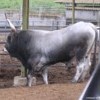

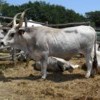
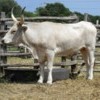
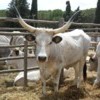

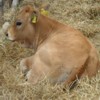
Link to my webpage on the breed
Slow Food Foundation for Biodiversity non-profit organization
https://www.fondazioneslowfood.com/en/slow-food-presidia/maremmana-cattle/
Podolica (Podolian)
![]() (Italia-Italy)
(Italia-Italy)

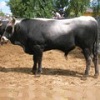
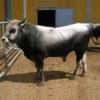

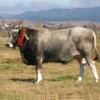
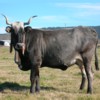

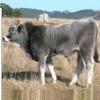
Magyar
szürke szarvasmarha (Hungarian Grey)
![]() (Magyarország-Hungary)
(Magyarország-Hungary)

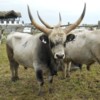
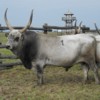

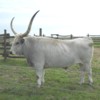
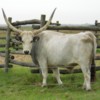
Istarsko
Govedo-Boškarin (Istrian)
![]() (Hrvatska-Croatia)
(Hrvatska-Croatia)

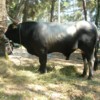

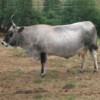
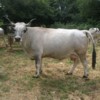
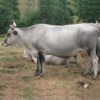

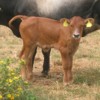
Slavonsko
Srijemsko Podolsko Govedo (Slavonian Syrmian Podolian)
![]() (Hrvatska-Croatia)
(Hrvatska-Croatia)

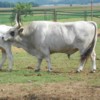
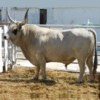

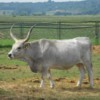

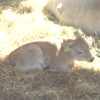
Podolsko
Govece
-
Sivo-stepsko govece - Podolac (Serbian Podolian)
![]() (Srbija-Serbia)
(Srbija-Serbia)

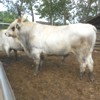
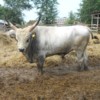

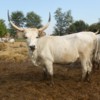

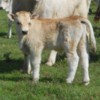
GADDINI A., STOJANOVIC S.
(2016) La Podolica serba. Eurocarni, 10: 104-110. link ![]()
Sykia
![]() (Hellas-Greece)
(Hellas-Greece)

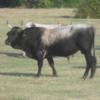
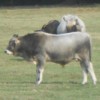


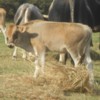
GADDINI A, (2018) Le Grigie
greche della steppa. Eurocarni, 11: 136-142. link
![]()
Katerini
![]() (Hellas-Greece)
(Hellas-Greece)

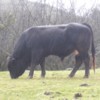

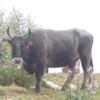
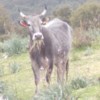
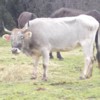

GADDINI A, (2018)
Le Grigie greche della steppa. Eurocarni, 11: 136-142.
link
![]()
GADDINI A, KARETSOS S. (2020)
Avra, biodiversità sotto le Meteore. Eurocarni,
2: 90-95 link![]()
Sura
de Stepa
(România-Romania)

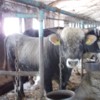

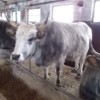
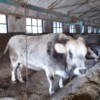
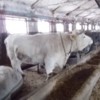

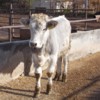
GADDINI A., DASCALU D.-L.
(2018) La Sura de Stepa. Eurocarni, 3: 72-79. link ![]()
Balgarsko
sivo govedo (Bulgarian
Grey)
(Balgarija-Bulgaria)

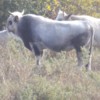
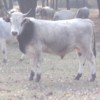

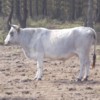
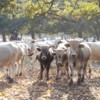
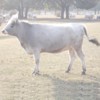
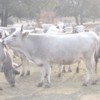

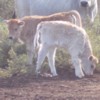
GADDINI A, (2019) La Grigia bulgara. Eurocarni,
3: 120-127 link ![]()
Sira
ukrayinska (Ukrainian
Grey)
![]() (Ukrajina-Ukraine)
(Ukrajina-Ukraine)
GADDINI A, (2020) La Grigia ucraina.
Eurocarni, 9: 126-135 link
![]()
Boz
Irk (Turkish
Grey)
![]() (Türkiye -Turkey)
(Türkiye -Turkey)
GADDINI A, (2020) La Grigia turca.
Eurocarni, 3: 100-105 link
![]()
Other grey cattle (Podolians?)
Eesti
Hall lehm
(Estonian
Gray)
![]() (Estonia - Eesti)
(Estonia - Eesti)

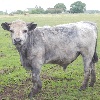

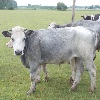
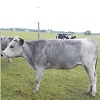
GADDINI A, (2018) La razza
Grigia estone. Eurocarni, 9: 104-109 link ![]()
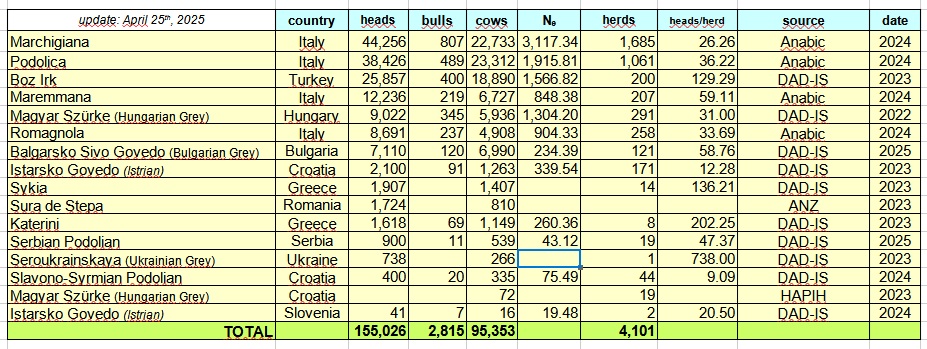
ANABIC Associazione
Nazionale Allevatori Bovini Italiani Carne (National Breeders
Association of Italian Beef Cattle Breeds). Herd Book consistency
at December 31st, 2024. link.
ANZ - Raport de activitate al Agentiei Nationale pentru
Zootehnie ”Prof.dr. G.K. Constantinescu” pentru anul
2023. Balotesti, Romania. link
DAD-IS
FAO
(2025) Domestic Animal Diversity Information System. link
HAPIH - Hrvatska agencija
za poljoprivredu i hranu (2024) Govedarstvo - Godišnje
izvješce 2023 (Cattle breeding - Annual report 2023). Osijek,
Croatia. link
IpZN - Institut po
Zhivotnovadin Nayki - Kostinbrod, Bulgaria

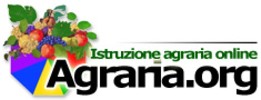

bibliography:
BIGI
Daniele, ZANON Alessio (2008) Atlante delle razze autoctone.
Edagricole, Bologna, Italy.
BODÓ Imre (editor, 2011), Characterization of Indigenous
and Improved Breeds, Te-Art-Rum Bt., Budapest, Hungary.
CIANI Ferdinando, MATASSINO Donato (2001) Il bovino grigio allevato
in Italia: origine. Nota I: il bovino Macrocero. Taurus speciale
12: 89-99.
FAELLI Ferruccio (1903) Razze bovine, equine, suine, ovine e caprine.
Ulrico Hoepli, Milan, Italy.
GADDINI Andrea (2016) Le podoliche. Eurocarni, 8: 74-79.
link
MASON I. L. (1951) A World Dictionary of Breeds Types and Varieties
of Livestock. Commonwealth Agricultural Bureau, Slough, Bucks,
England.
SAÑUDO ASTIZ Carlos (2011) Atlas Mundial de Etnología
Zootécnica. Servet, Zaragoza, Spain,
SAVE/Monitoring Institute (2002) Risorse genetiche agrarie in
Italia. Monitoring Institute, St. Gall, Switzerland.
links:
Slow
Food Foundation for Biodiversity Nonprofit Organization link
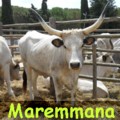
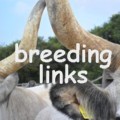
page created: August 22nd, 2017 and last updated: April 25th, 2025